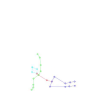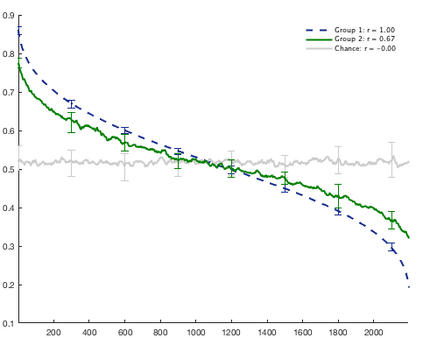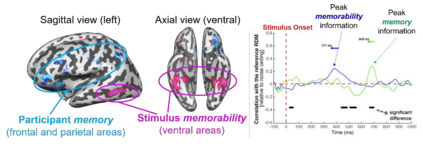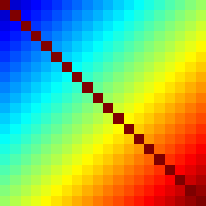When we experience an event, it feels like our previous experiences, our interpretations of that event (e.g., aesthetics, emotions), and our current state will determine how we will remember it. However, recent work has revealed a strong sway of the visual world itself in influencing what we remember and forget. Certain items -- including certain faces, words, images, and movements -- are intrinsically memorable or forgettable across observers, regardless of individual differences. Further, neuroimaging research has revealed that the brain is sensitive to memorability both rapidly and automatically during late perception. These strong consistencies in memory across people may reflect the broad organizational principles of our sensory environment, and may reveal how the brain prioritizes information before encoding items into memory. In this chapter, I will discuss our current state-of-the-art understanding of memorability for visual information, and what these findings imply about how we perceive and remember visual events.
翻译:当我们经历一个事件时,感觉就像我们以往的经历,我们对这个事件的解释(例如美学、情感),以及我们目前的状况将决定我们如何记住它。然而,最近的工作揭示了视觉世界本身在影响我们记忆和遗忘的东西方面的巨大摇摆。某些项目,包括某些面孔、文字、图像和运动,在观察者之间,无论个人差异如何,都本质上可以记住或可以忘却。此外,神经成像研究还揭示,大脑在晚期的感知中迅速和自动地对记忆性敏感。人们记忆中的这些强势组合可能反映我们感官环境的广泛组织原则,并可能揭示大脑在将项目编码为记忆之前如何优先处理信息。在本章,我将讨论我们当前对视觉信息可感知性的最新理解,以及这些发现对于我们如何感知和记忆视觉事件意味着什么。
































